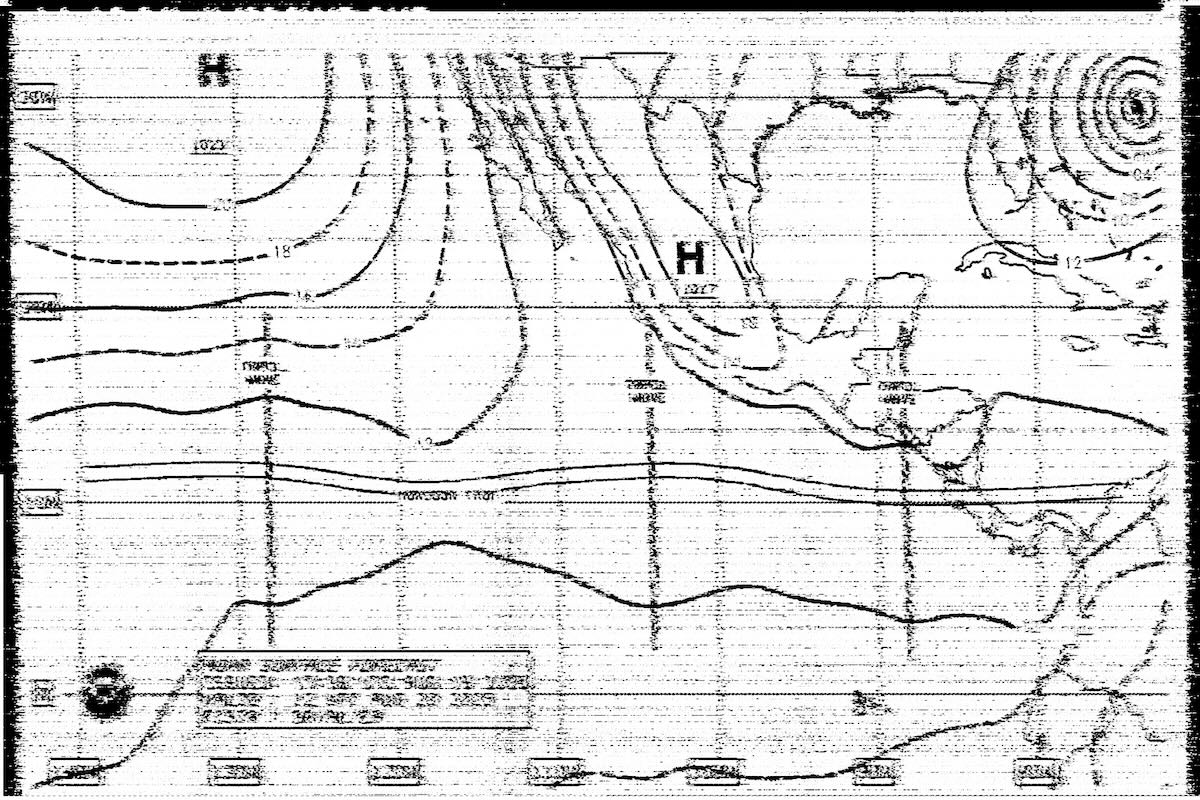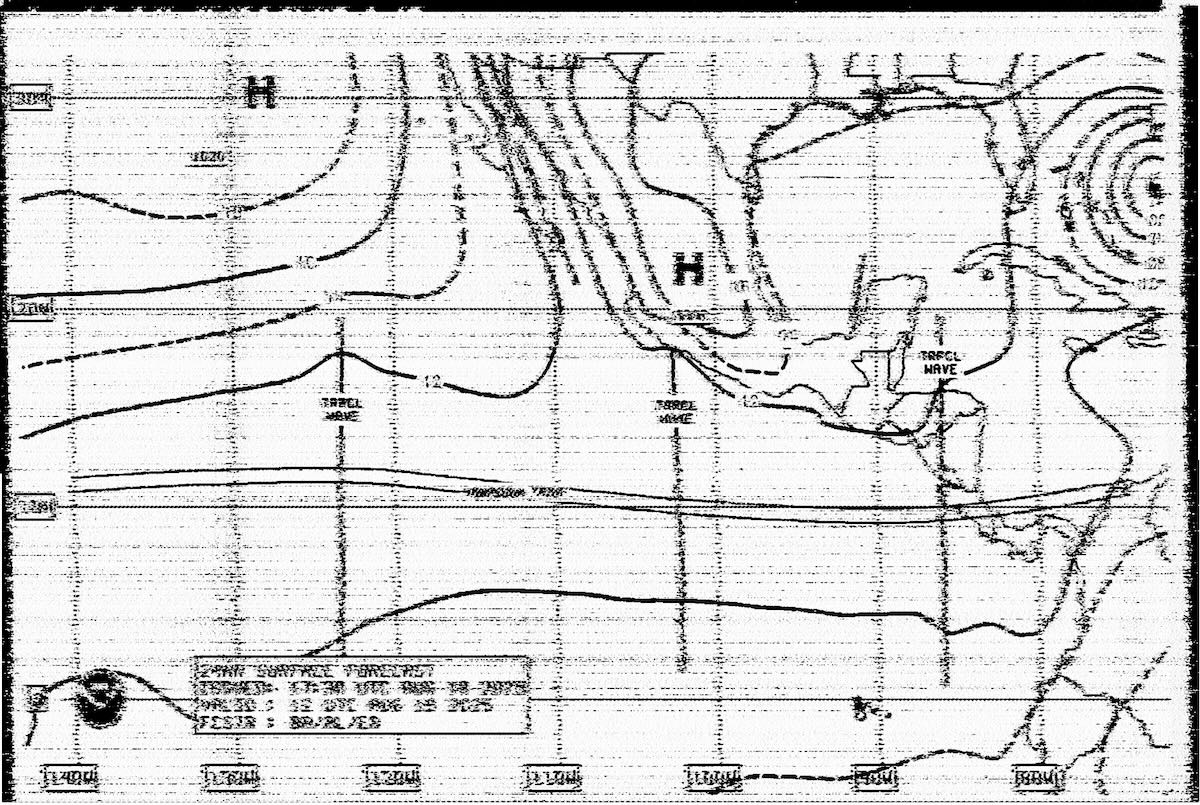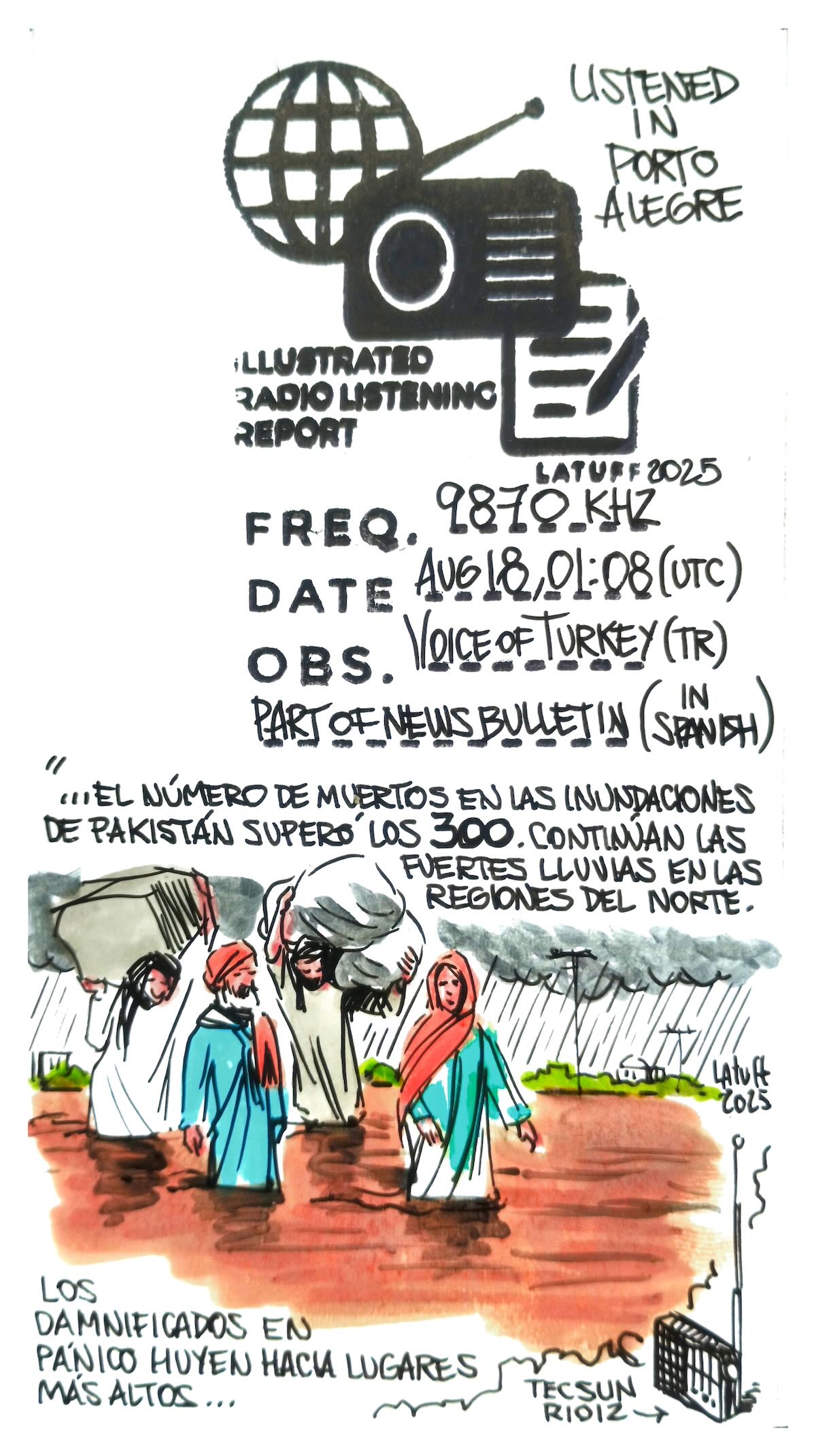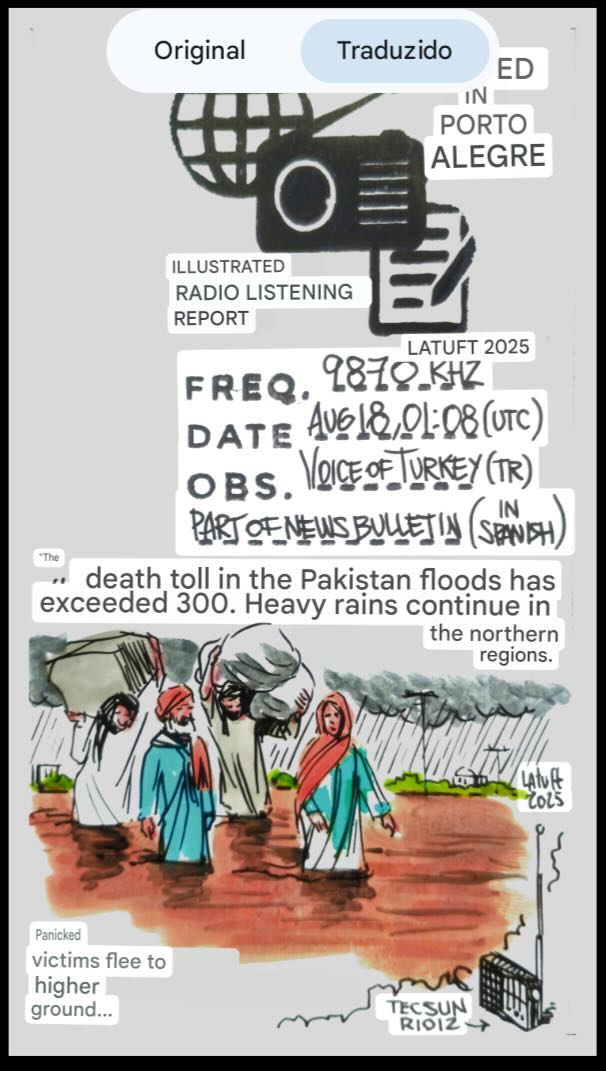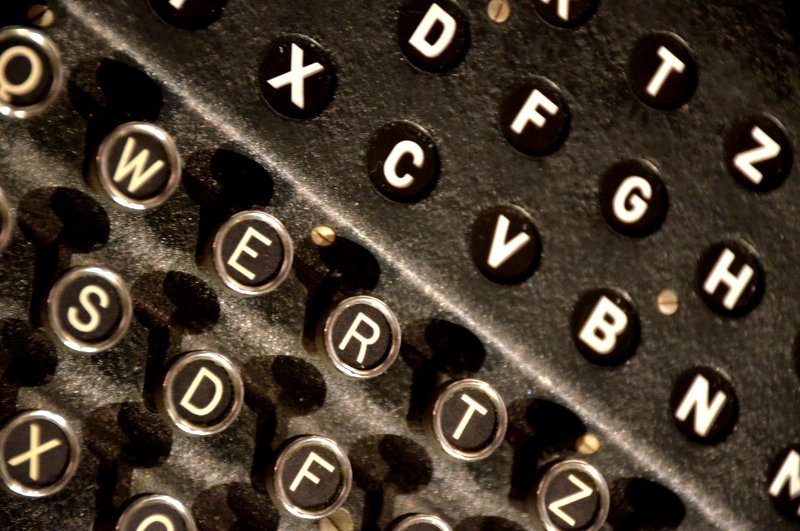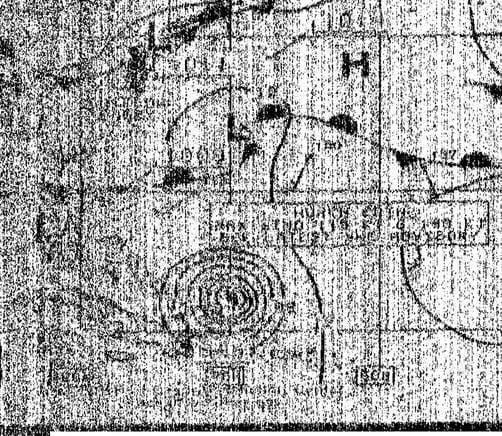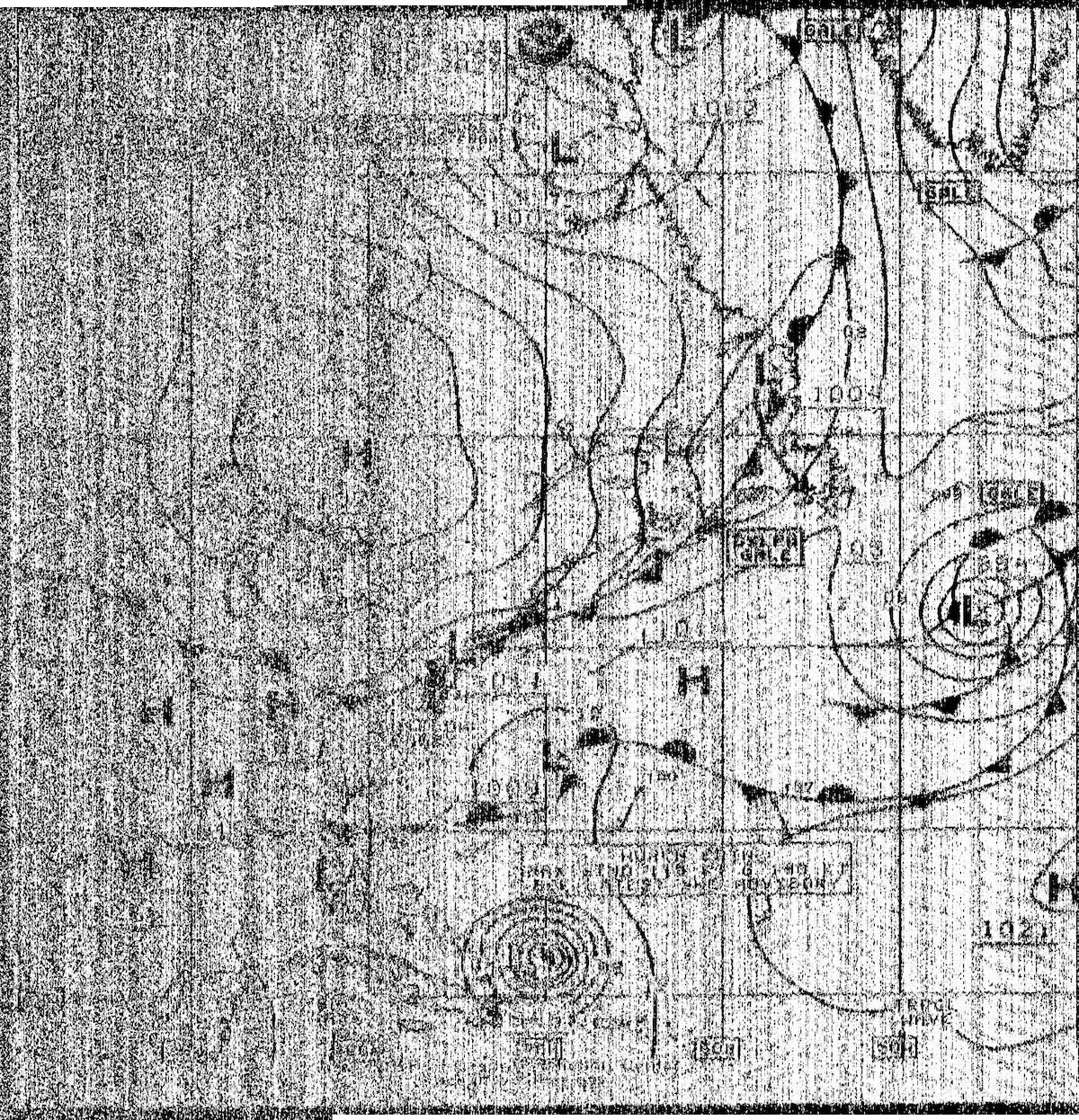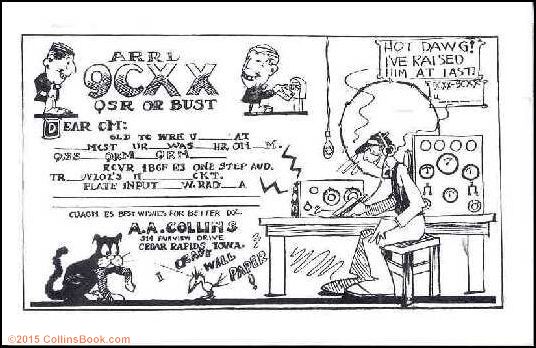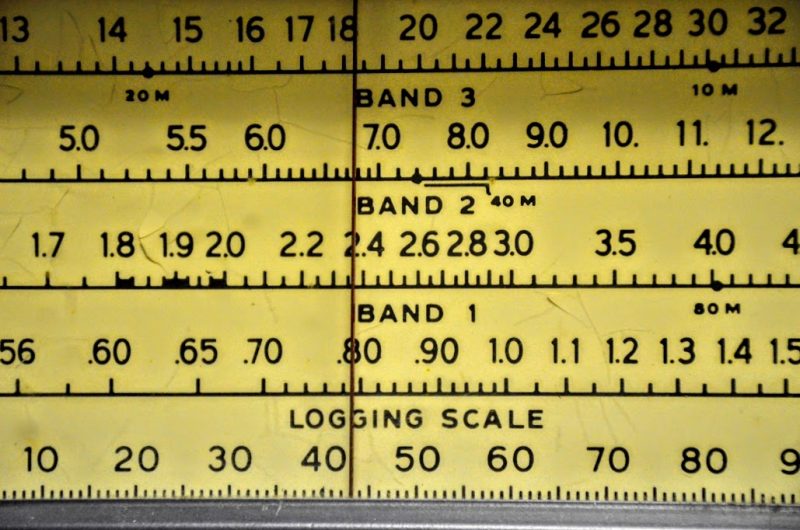 Many thanks to SWLing Post contributor Markku Koskinen, who shares the following tip from Guelph Today:
Many thanks to SWLing Post contributor Markku Koskinen, who shares the following tip from Guelph Today:
Hammond Museum of Radio reopens after two years
After a two-year-long closure the Hammond Museum of Radio has reopened.
The museum at 595 Southgate Dr. attached to Hammond Power Solutions was closed because of a major renovation to the building which included an addition. In order to protect more than a thousand artifacts from construction, dirt, dust and vibrations the museum closed. Everything was covered with tarps and cloth.
Some of the more valuable radios were relocated to storage. Employees would regularly check there were no leaks coming from the ceiling and no cracks in the walls. The museum reopened last month by appointment only. [Continue reading…]

